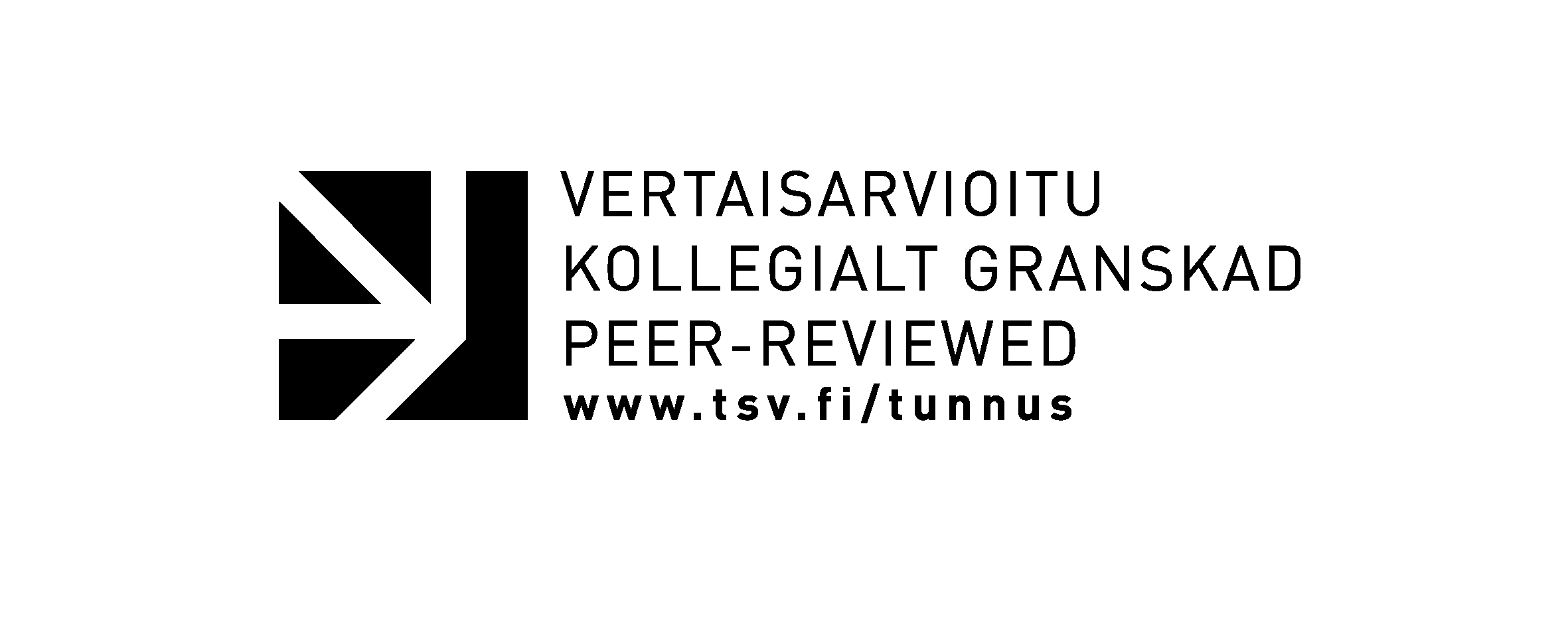Chest and Cupboard: A Case of Identity in a Mari Village
Keywords:
national identity, folk costumes, ethnic markers, symbols, Finno-Ugric languages speaking peoples, fieldwork, survivalAbstract
The borders of Europe stretch only as far as the Ural mountains. Russia has always been thought of as a melting pot of different peoples; even the regions west of the Urals are inhabited by more than 100 different nationalities. One of Russia's many minorities are the Mari, who speak a Finno-Ugric language. The past of the Mari people is part of Russia's history. Soviet historians kept quiet about attempts at nationwide colonisation, but highlighted the Mari people's protests against attempts to convert them to Christianity. Nevertheless, N.M. Karamzin, a classic Russian historian, pointed out that on many occasions, the Mari people stood up against Russia. Because of that insubordination, fortified towns were established to bring the Mari back to order. (Karamzin 1817.)
Eric Hobsbawm has statcd that, in addition to language and religion, shared history is fomed by the criteria of one national identity (Hobsbawm 1972; 14. Niedermüller 1994: 30. Pearson 1999: 64.)







